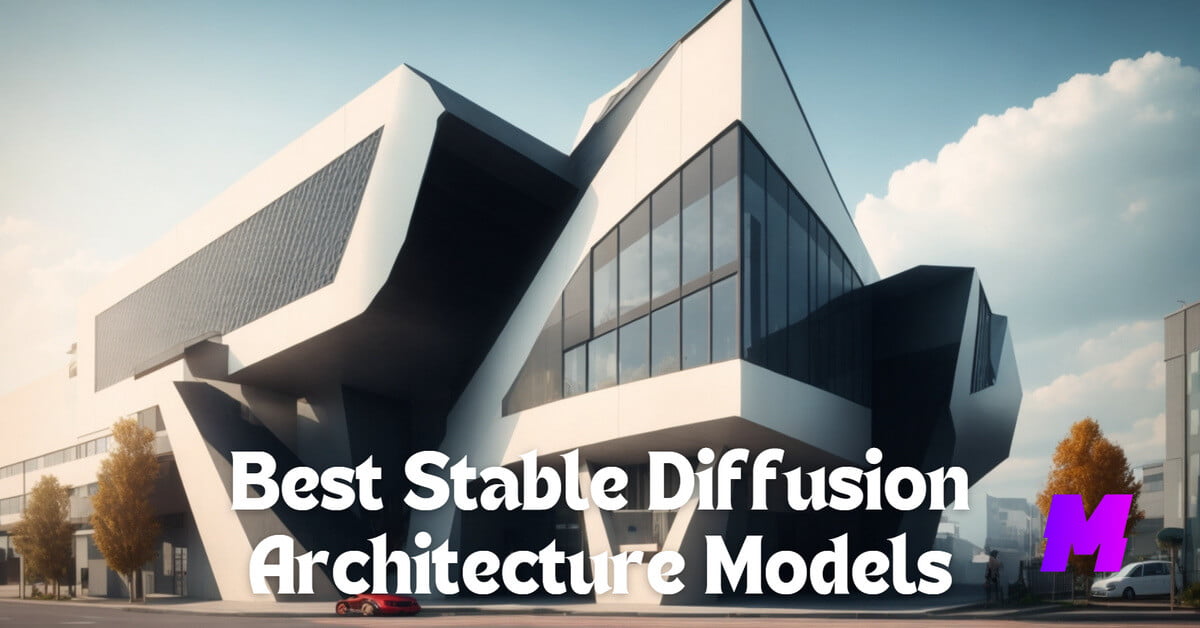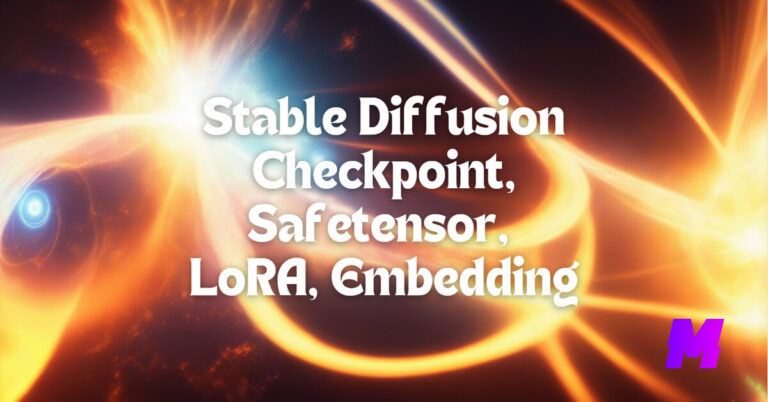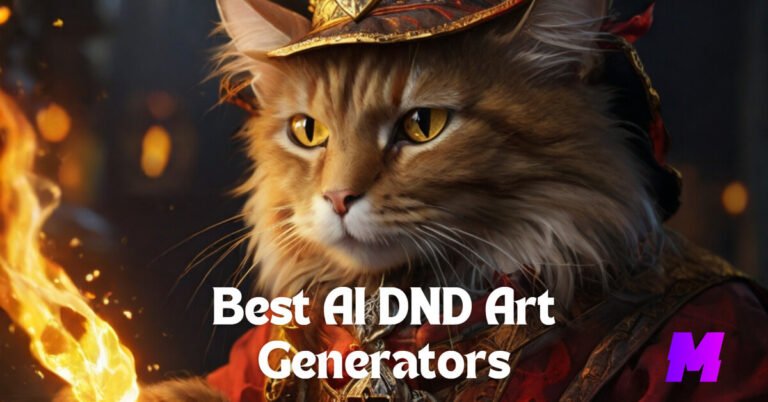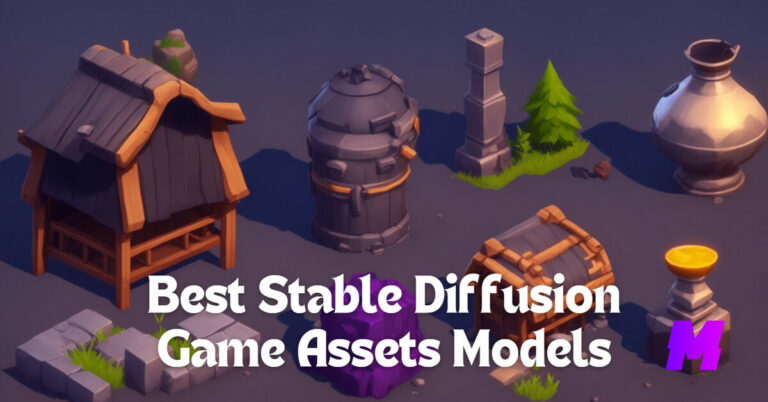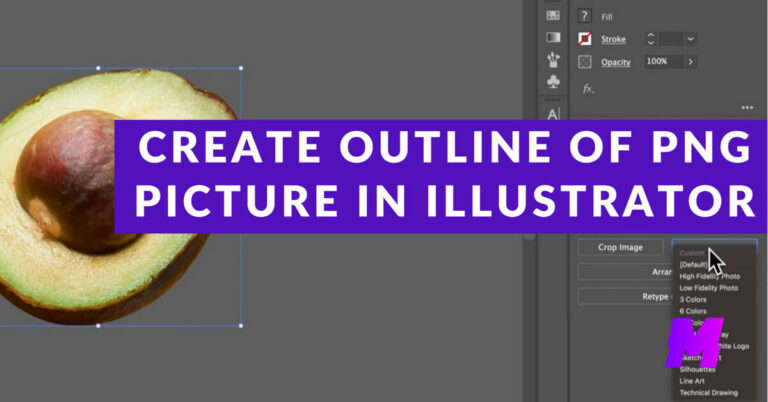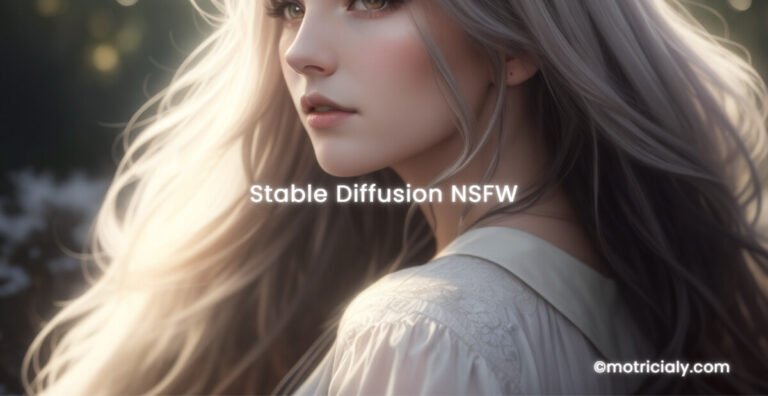Pretrained Stable Diffusion models for architecture can be used to create architectural images using AI, from ancient buildings to futuristic structures that defy physics.
The models can be fine-tuned by modifying specific modules, which can significantly impact the generated images.
On this page, you’ll find the best-received and well-tested Stable Diffusion architecture models, which can be useful to exterior interior designs.
The list Checkpoint Trained models, Checkpoint Merge models, and LoRAs. If you don’t intend to install Stable Diffusion locally, you can also experience these models using Stable Diffusion websites.
👍For more Stable Diffusion models, make sure to also check out our complete list of the best Stable Diffusion models.
Table of Contents
Ra-render/Architecture render/建筑渲染效果
The Ra-render model on Civitai is an AI model specifically designed for generating realistic architecture rendering works. It focuses on human perspective and aims to balance between bird’s-eye and indoor performance.
Users can input prompt words in the form of tags or natural language, although it is not recommended to use overly long prompt words.
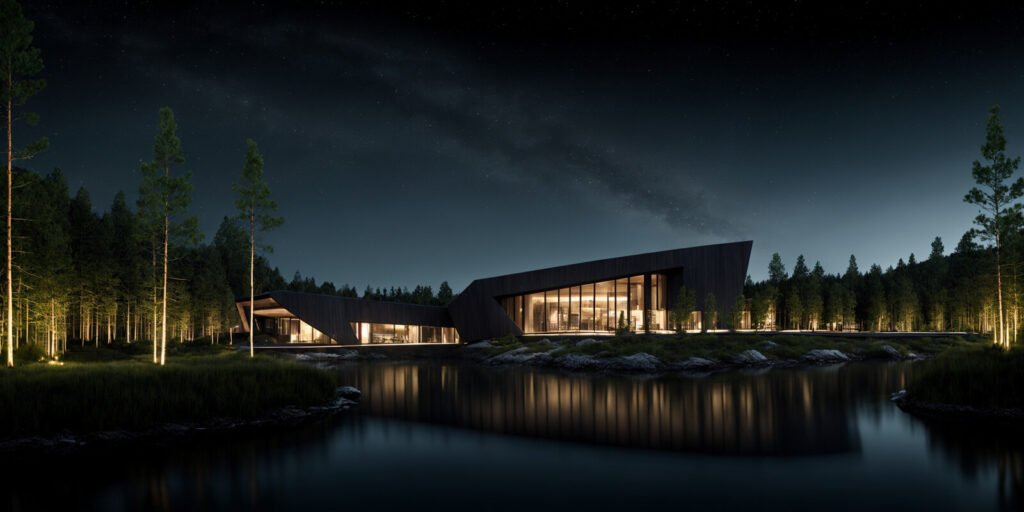
Some users have praised the model for its well-trained performance. However, it is important to note that the model may have strong biases and may not be suitable for all types of architecture rendering.
Download Ra-render from Civitai
dvArch – Multi-Prompt Architecture Tuned Model
The dvArch model is a custom-trained model within Stable Diffusion, it was trained on 48 images of building exteriors, including Modern, Victorian and Gothic styles. It’s good at creating exterior images in various architectural styles.
The model uses three separate trigger words: dvArchModern, dvArchGothic, and dvArchVictorian.
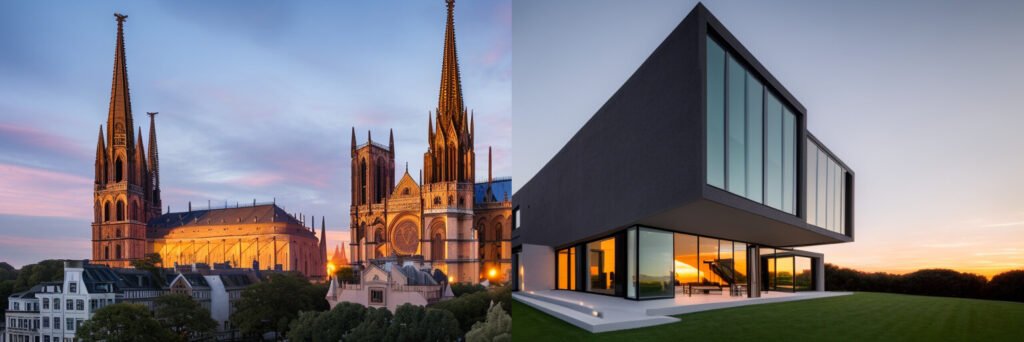
Each of these trigger words is designed to create buildings in the corresponding style of architecture. For example, using the trigger word “dvArchModern” will generate buildings in a modern style, while “dvArchGothic” will generate buildings in a gothic style, and “dvArchVictorian” will generate buildings in a Victorian style.
These trigger words can also be used together to generate whole cities in a mix of buildings in those styles.
It has been used to create architectural images based on SD 1.5, with users experimenting with prompts and adjusting them to their liking. Users can specify the type of room using terms like “bedroom”, “living room”, “bathroom”, etc.
XSArchi_127新科幻Neo Sci-Fi
The XSArchi_127新科幻Neo Sci-Fi model on Civitai is a Stable Diffusion LoRA model that contains all sci-fi scenarios and subdivision styles. It has been trained for 4,000 epochs
It allows users to invoke the desired style data by typing a prompt. The model is designed to be perfect for drawing using natural language descriptions.
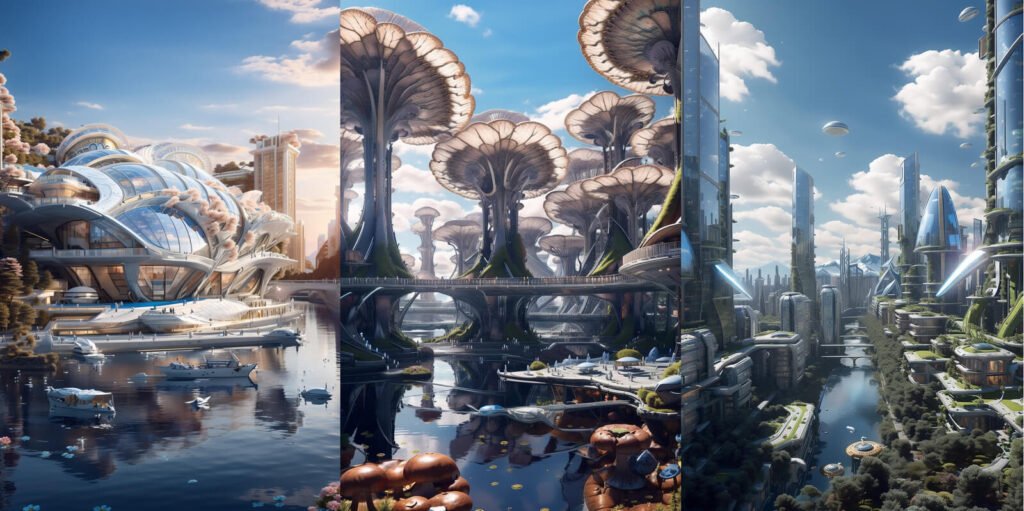
The model is designed to work seamlessly with natural language descriptions, allowing users to generate images based on their desired sci-fi elements.
We highly recommend the model for its high-quality output, detail, and ability to generate a variety of sci-fi scenes.
The model has also been used to create detailed and visually stunning sci-fi cityscapes, landscapes, and wallpapers.
Download XSArchi_127 from Civitai
AARG-Architecture-Res
The AARG-Architecture-Res photorealistic checkpoint model for Stable Diffusion. It is known for its strong ability in rendering the performance of a positive perspective of residential buildings, making it suitable for a variety of architectural design, landscape design, urban planning, and interior design scenarios.
The model is pre-trained on a dataset of residential buildings, and it offers keyword control, with three kinds of view switching (day view, night view, semi-night view), and multiple architectural styles switching (modern, futuristic, neo-Chinese, neo-classical, etc.) .
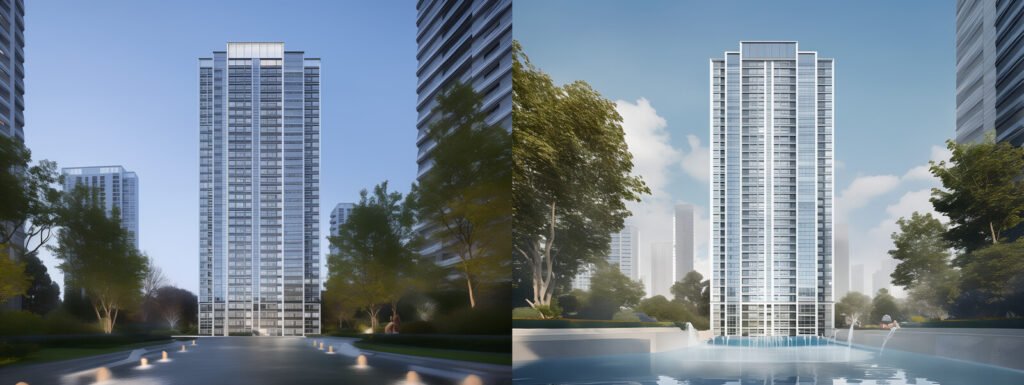
The AARG-Architecture-Res model can be used with various diffusion model runners like Automatic1111.
It is also recognized for its high-quality output, which can be further enhanced by using specific prompts to improve the generated images.
Ancient Chinese architectural style(中国古建筑样式)
Ancient Chinese architectural style is a LoRA model that focuses on generating images or simulations of ancient Chinese architecture.
It has 3 difference versions gugong, chengqiang, anime-louyu that respectively generate images that resemble Chinese Forbidden City, city walls, and ancient buildings.

This model is designed to generate images or simulations of ancient Chinese architecture. It is recommended to be used in conjunction with hanfu (traditional Chinese clothing) models for a more comprehensive cultural representation
This model is based on the ChikMix and Chilloutmix base models and uses Stable Diffusion LoRa for its version.
Download Ancient Chinese Model from Civitai
Isometric Chinese style Architecture LoRa
Isometric Chinese style Architecture LoRa is a stylized Lora model that generates isometric views of Chinese buildings.
Isometric refers to a method of drawing in which all angles are 90 degrees, resulting in a flat, two-dimensional appearance. Chinese-style architecture often features intricate details and ornate designs, which can be challenging to create in a three-dimensional environment.
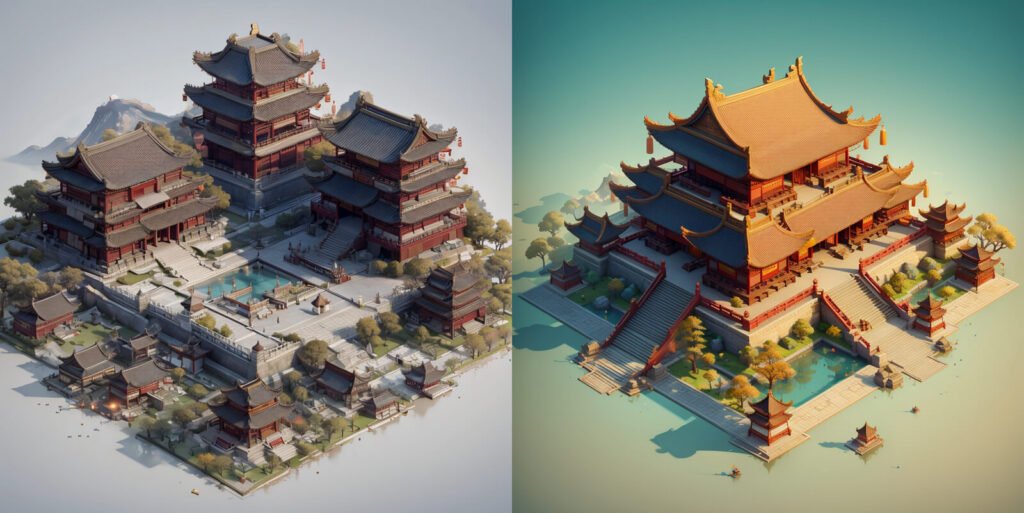
This model is designed to showcase the architecture in a 3D perspective, emphasizing the symmetry and details of Chinese buildings. The model can be triggered by specific words to display different aspects of the architecture, such as ancient architectural landscapes or specific types of buildings like pagodas or palaces.
The model can display cute isometric architecture models after calling the trigger word “isometric Chinese style architecture”.
If additional prompting words are provided, it can also generate ancient architectural landscapes.
Download Isometric Chinese style from Civitai
FAQs
Can I generate architectural images with Stable Diffusion?
Yes, Stable Diffusion is highly versatile and capable of generating a wide variety of architectural images, from ancient buildings to futuristic skyscrapers. By using specific prompts, users can inspire the model to create images that match their architectural vision.
What are some examples of Stable Diffusion prompts for architecture?
Examples include a maximalist kitchen with lots of flowers and plants, a concert hall built entirely from seashells, and a library nestled within a vibrant coral reef. These prompts showcase the model’s ability to generate detailed and imaginative architectural scenes.
Can I fine-tune Stable Diffusion models for specific architectural styles?
Yes, models can be fine-tuned on a narrow dataset after being trained on a wide dataset. This process allows the generation of images similar to those used in the training, enabling users to tailor the model to specific architectural styles or preferences.
What are the limitations of using Stable Diffusion for architectural images?
While Stable Diffusion is powerful, it may have limitations in generating images that accurately adhere to real-world physics or architectural standards without specific fine-tuning. Additionally, the quality of generated images can depend on the specificity and creativity of the prompts used.
How can I improve the quality of architectural images generated by Stable Diffusion?
Improving image quality can involve using more detailed and creative prompts, fine-tuning the model on specific architectural styles, and utilizing advanced models or features such as the upscaling model for higher resolution images. Users can also experiment with different models and settings to achieve the desired outcome.

